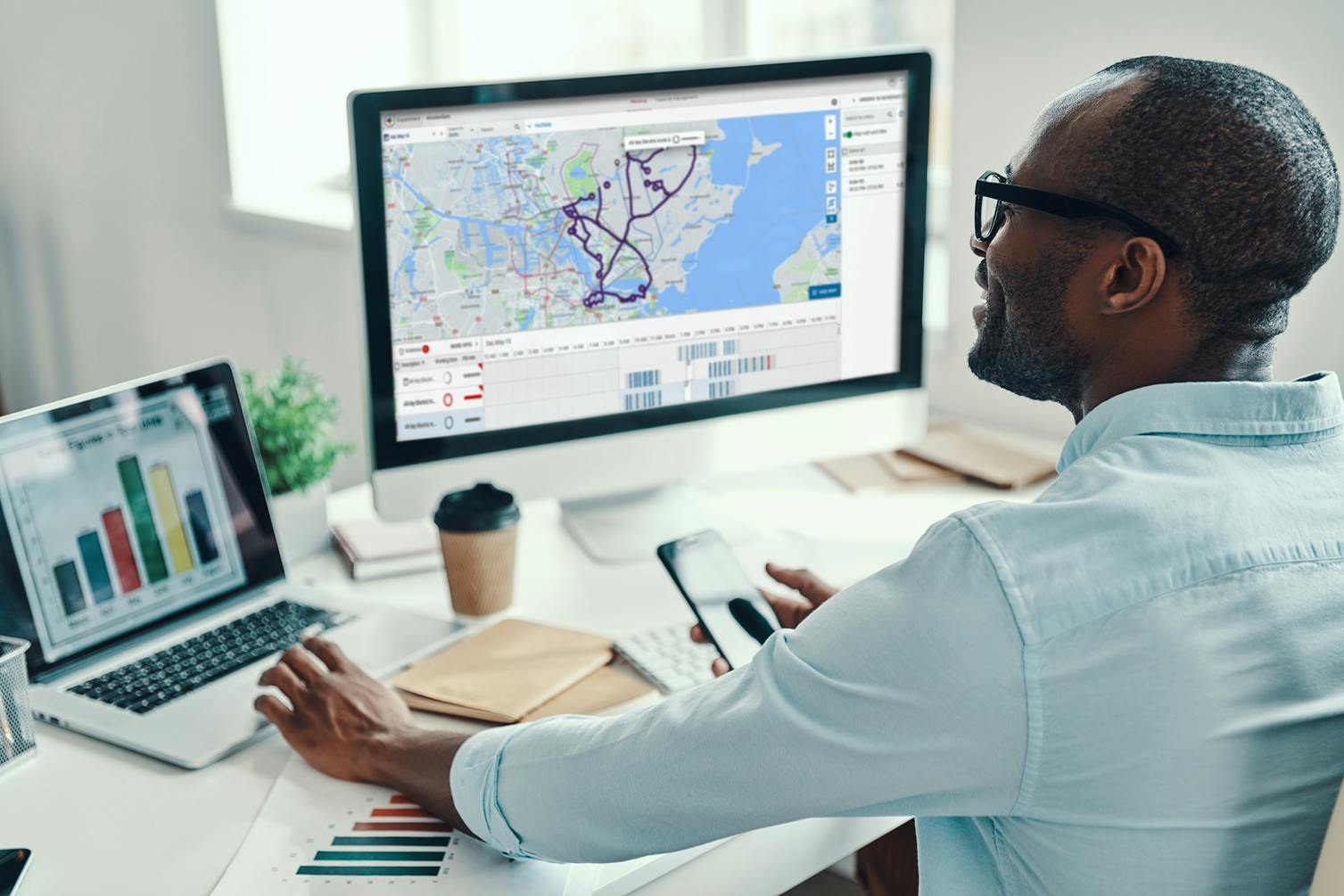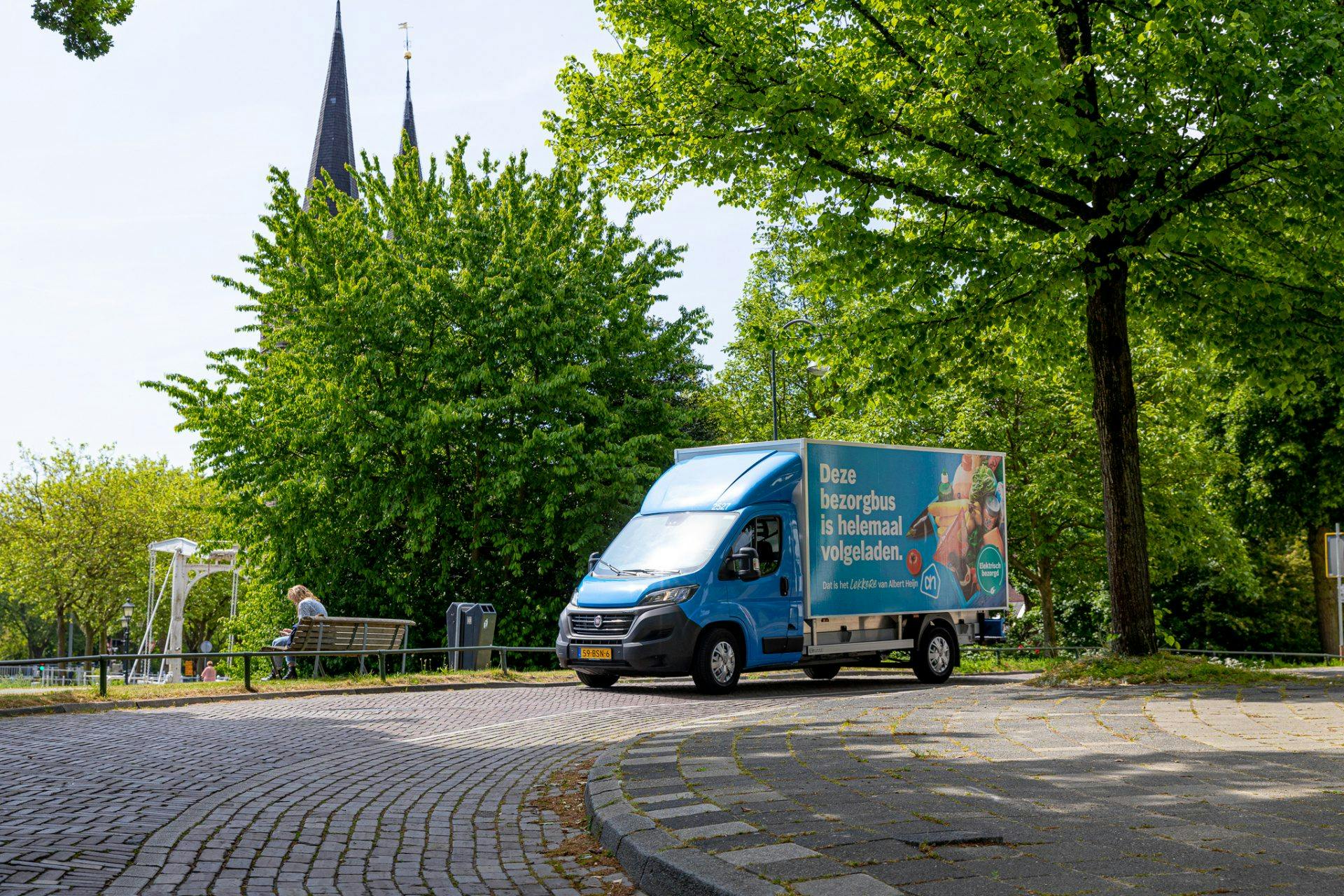What do customers really expect from last mile delivery?
Retail customers in 2025 expect flexible, reliable service. That means:
- Choosing delivery time slots
- Getting real-time updates and ETAs
- Having alternate delivery options if they’re not home
- Fast and simple return processing
To support these expectations at scale, you need last mile delivery software that combines route optimization, forecasting, workforce planning, and real-time visibility—without sacrificing cost efficiency.
Step 1: How do you know which customers are profitable to serve?
It starts with data. By analyzing purchase patterns, delivery distances, and service preferences across customer segments, you gain visibility into your cost-to-serve. Use this to:
- Identify high-cost or unprofitable zones
- Adjust pricing, promotions, or routing logic
- Model the financial impact of different service levels
- Estimate delivery costs using stem time, stop time, and route distances
This helps you make smart strategic choices, especially in balancing service and margin across last mile deliveries.
Step 2: How can you predict demand and deploy resources efficiently?
Advanced demand forecasting, enriched with demographics and public data, lets you estimate delivery volume per region or ZIP code—and plan infrastructure accordingly.
Key actions include:
- Adjusting depot zones to avoid bottlenecks
- Right-sizing your hybrid fleet and staff mix
- Running what-if scenarios for vehicles, cross-docks, and urban hubs
With the right model, you delay costly expansions and reduce last mile delivery cost while still maintaining service levels.
Step 3: Can time slot booking be efficient and customer-friendly?
Yes—if you integrate routing and slot booking into one optimization engine.
By dynamically calculating available delivery windows during the booking process, you:
- Offer real-time slot availability
- Steer customers toward efficient time slots using price or color indicators
- Adapt pricing dynamically based on actual demand
- Avoid overbooking or capacity shortfalls
Retailers like Albert Heijn, Esselunga and Woolworths have increased delivery volume without increasing fleet size using this method—demonstrating its ROI in both service and efficiency.
Step 4: How can routing stay smart in a complex, urban network?
Modern last mile routing software considers:
- Inner-city restrictions and low-emission zones
- Vehicle types (e.g., cargo bikes, EVs)
- Multi-origin sourcing and depot balancing
- Customer time windows, pickups, and returns
- Hybrid fleets and dynamic driver allocation
Leading logistics players use these tools to flex routes daily, respond to real-time changes, and reduce delivery miles and CO2.
Step 5: What’s the best way to plan your logistics workforce?
Volatile demand makes static shift planning a liability. Use smart forecasting to:
- Determine the number of drivers, loaders, and sorters needed by time and location
- Minimize idle labor while avoiding delays
- Flatten peaks to reduce overtime
- Enable self-rostering and employee-driven scheduling
Giving teams visibility and control over their schedules also improves satisfaction—making it easier to recruit and retain skilled staff.
Step 6: How can you provide reliable, real-time delivery updates?
Today’s customers expect a 30-minute delivery window—shrinking to 15 minutes during the day.
Use cloud-based last mile delivery tracking to:
- Recalculate ETAs using real-time traffic and order data
- Push updates to drivers, customers, and management
- Identify and reduce failed deliveries
- Analyze historical performance to improve forecasting
This boosts trust, reduces missed deliveries, and shortens stop times—making the entire system more responsive.
What kind of results can you expect from these steps?
Retailers using these optimization steps report:
- Lower delivery costs
- Fewer failed deliveries
- Improved SLA performance
- More deliveries per driver
- Better fleet and route utilization
- Higher customer satisfaction
Case studies from Woolworths and Peapod Delivery Labs show that with the right platform, it’s possible to increase capacity and flexibility without scaling your fleet.
Want to optimize your last mile delivery?
See how your business can improve last mile service and reduce logistics costs with advanced planning tools.
Request a demo to explore tailored solutions for your retail or grocery delivery network.

